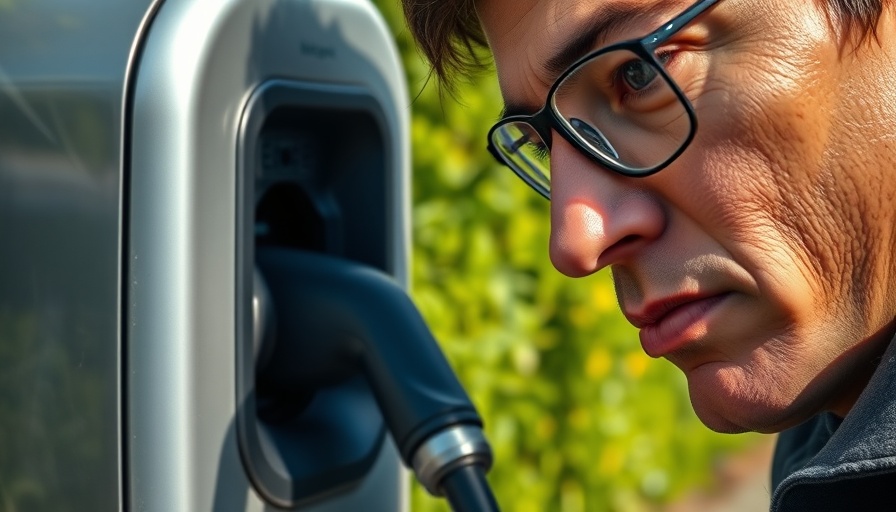
The Rising Demand for Trucks and SUVs in the Used Vehicle Market
In a world where the automotive industry is in constant flux, one thing remains unchanged: America’s love affair with trucks and SUVs. According to iSeeCars’ latest study, these two vehicle types continue to dominate the best-selling used vehicles list, led by the ever-popular Ford F-150. The study, which meticulously analyzed over 7.7 million used car sales, cemented the F-150 as the top-seller, followed closely by the Chevrolet Silverado 1500 and the RAM 1500.
Notably, SUVs grabbed a lion's share of the spotlight, occupying 65 of the top 100 spots. It's a testament to their dependable mix of space, versatility, and value - crucial factors that buyers consider.
Electric Vehicles Make Their Mark
Perhaps the most intriguing revelation from the study was the ascension of electric vehicles (EVs) into the mainstream, particularly the Tesla Model 3 and Model Y. The Tesla Model 3 made a remarkable leap to 30th place, becoming the highest-ranked EV to date, while the Model Y climbed to 74th. This shift reflects Tesla's growing foothold in the automotive market as its new car sales surge translates into a robust presence in the used car arena as well.
Karl Brauer, executive analyst at iSeeCars, highlighted this trend, stating, "At the rate these Teslas are moving up, we could see the Model 3 and Model Y ranked among the top 20 most popular used cars in another year or two." Such insights suggest a promising future where EVs might soon challenge the longstanding dominance of traditional vehicles in the used market.
Diverse Regional Preferences
Diving into regional preferences showcases fascinating trends. For instance, while the Ford F-150 remains a favorite across the U.S., popular in major markets like Dallas-Fort Worth and Houston, metropolitan areas such as New York and Los Angeles lean towards compact and efficient vehicles. The Honda CR-V and Civic have made notable inroads here, adapting to the urban lifestyle's demands.
Surprisingly, the all-electric Tesla Model 3 has carved out a niche in EV hubs like San Francisco and Seattle, settings ripe for innovation and technology adoption. This regional specificity underlines the importance of understanding local consumer behaviors for those in the automotive retail sector.
Future Predictions and Industry Trends
Looking ahead, the automotive industry is poised for more shifts. As environmental consciousness and renewable energy sources gain momentum, the trajectory for EVs looks increasingly bright. Additionally, as technological advancements unfold, including smarter, more integrated car anti-theft systems, we may see these features impact used car buyers' preferences, highlighting safety and security.
The next few years are sure to be exciting as we see how these emerging trends reshape buying patterns and market dynamics, with financial strategists and dealership owners steeling themselves for the opportunities and challenges these changes bring.
 Add Row
Add Row  Add
Add 




Write A Comment